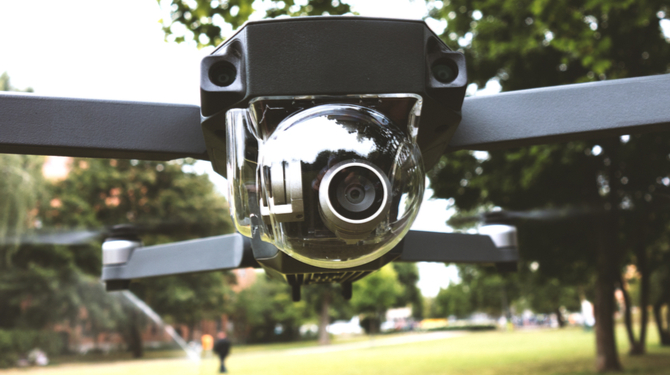How are millennials approaching car ownership today?
There are changing perspectives on what type of personal vehicle ownership is needed. We are already starting on a trend towards ride sharing with services like Uber, Lyft, and others by urban-based millennials. Likewise, there are other rent-on-demand services like Zipcar. I see autonomous driving as another step in this direction – where people transition from car ownership and maintenance to autonomous mobility as a service.
There are a number of coalescing trends happening. It’s also work-from-home – increasingly companies are devising programs where you don’t have to come into the office or come in as often. All of this is conspiring to change the way in which people think about their mobility needs.
A change in car ownership of course directly impacts the need for, and location of, parking spaces. In a June 2016 article, analysts at McKinsey & Company wrote, “AVs could change the mobility behavior of consumers, potentially reducing the need for parking space in the United States by more than 5.7 billion square meters. Multiple factors would contribute to the reduction in parking infrastructure.”
What are the knock-on effects from society’s eventual transition to autonomous vehicles?
In mobility and real estate, it should be taken as given that the value of real estate is most significantly determined by its location. And how you get to a physical place inherently determines the value of that place. As people change the way they get from one place to another – that will have a significant impact on the value of real estate, the use of real estate, and how it is deployed. We’ve been encouraging clients to really start thinking about this. Parking garages and spaces are just the tip of the iceberg.
A real estate developer I was speaking to recently completed a large project in a major metropolitan area. It has something like 16,000 underground parking spaces, which is a crucial part of the office building’s design, development, and business plan. The supposition is that they need to have on average one parking spot per building employee. That whole model may change completely if you have autonomous mobility. Employees may be brought to the office building by an autonomous vehicle that drops them off and goes away to park itself in some alternative, much cheaper locale and returns at an appointed time when the employee is ready to leave for the day. The vehicle may also serve other passengers in the interim.
Today, you can have a building with 16,000 cars that are sitting unused in a parking structure for eight to 10 hours a day while their owners are working. I believe that five years from now, we will look at that model and think it’s crazy to have all of that expensive equipment sitting unused for eight or more hours in the basement of a large building. There’s got to be a better economic way of handling those mobility needs. And that’s broadly the world that we are working towards.
How can real estate developers and others balance current needs against evolving trends?
It’s a difficult time now because nobody knows exactly how fast this transition is going to occur. So my advice is to design new projects as flexibly as possible. Is it three years away? Possibly. Is it five years away? Reasonably likely. Is it 10 years away? Almost certainly. But that makes a big difference for planning. So flexibility in design and consideration becomes critical. For example, there may be ways to design parking areas that could transition to retail space.
In December 2015, real estate analytics firm RCLCO issued a report on AVs and their impact on real estate. The authors at RCLCO wrote, “While near-term opportunities to capitalize on the impending arrival of AVs are limited, we expect to see them factored into the real estate industry’s decision making within the next 10 years."


.jpg)
.jpg)
.jpg)

.jpg)



.jpg)
